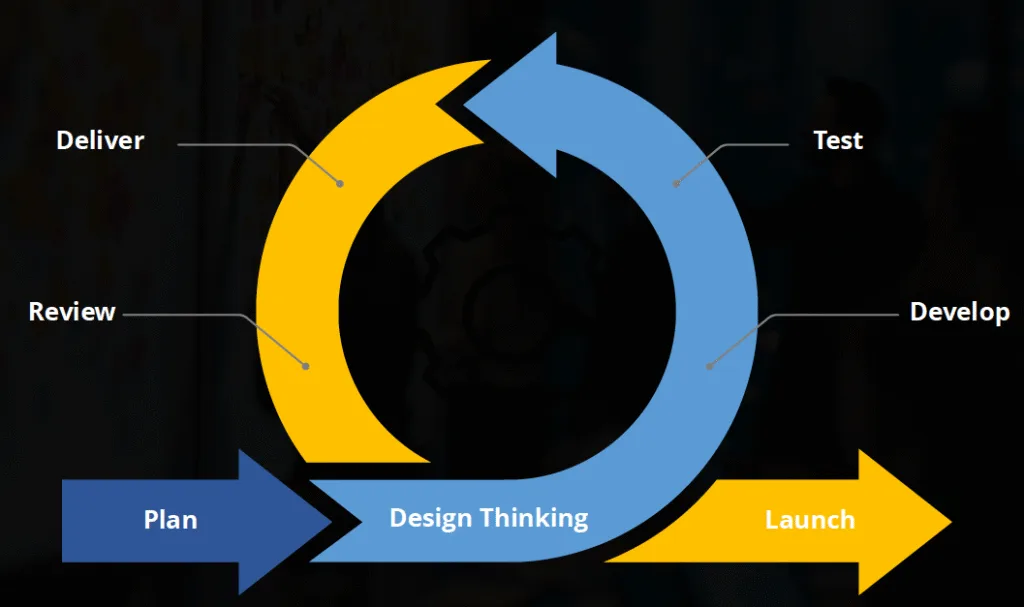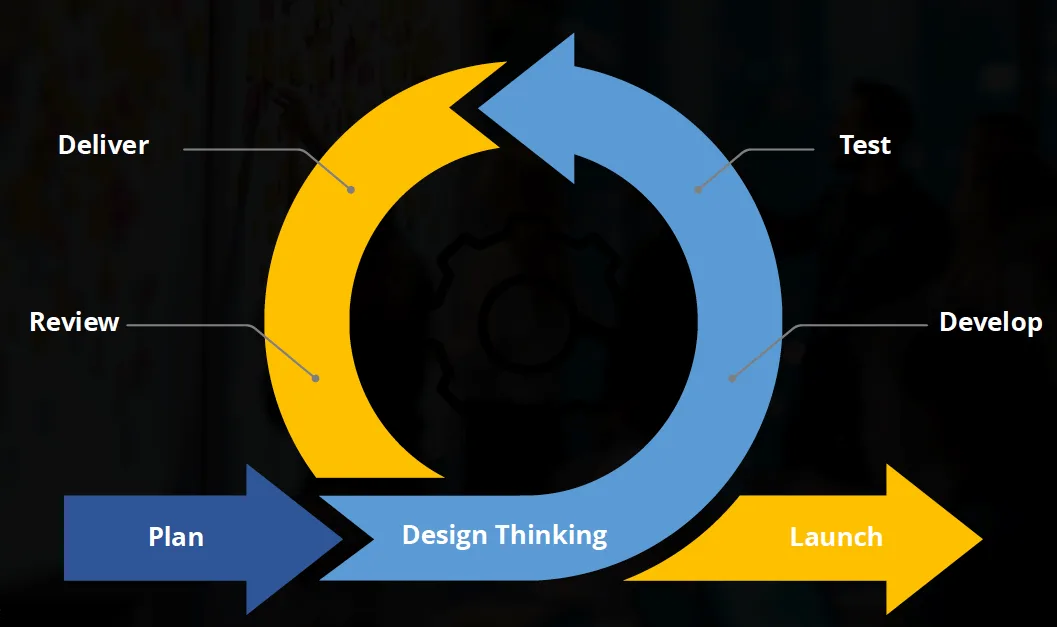Beyond the Buzzword: How Agile Can Revolutionize Your Team, Your Business, and Your Mindset
The word “agile” is everywhere, expanding its reach outside of the Tech sector that birthed the approach. It’s slapped onto project plans, dropped in meetings, and touted as the cure-all for slow, clunky workflows. But what does it truly mean to be Agile?
It’s far more than a project management buzzword; it’s a transformative philosophy for how teams work, leaders lead, and businesses serve their customers. It’s about embracing change, delivering value quickly, and fostering a culture of continuous improvement.

From Frustration to a Manifesto: The Origins of Agile
The Agile approach wasn’t conceived in a boardroom by management consultants. It was born out of frustration. In the 1990s, software development was often governed by the “waterfall” model. In this rigid, sequential process, each phase (requirements, design, coding, testing) had to be fully completed before the next could begin. This led to year-long development cycles, products that were obsolete upon release, and a massive disconnect between developers and customer needs.
In February 2001, seventeen software developers met at a ski resort in Utah to find a better way. They drafted the “Manifesto for Agile Software Development,” a document that prioritized:
- Individuals and interactions over processes and tools
- Working software over comprehensive documentation
- Customer collaboration over contract negotiation
- Responding to change over following a plan
This manifesto didn’t prescribe a specific methodology but rather a set of values that laid the foundation for frameworks like Scrum, Kanban, and Extreme Programming (XP).
Speed and Adaptability: How Agile Empowers Teams
So how does this philosophy translate into a rapid and responsive team? Agile breaks down large, daunting projects into small, manageable increments called “sprints” or “iterations.” A typical sprint lasts from one to four weeks and has a clear goal: to deliver a small, usable piece of the final product.
This iterative cycle is the engine of agility. Instead of aiming for a “big bang” release a year from now, a team delivers a tangible piece of value every few weeks. This has several powerful effects:
- Rapid Feedback: The team gets immediate feedback on their work from stakeholders, allowing them to correct course early and often.
- Increased Focus: Daily “stand-up” meetings keep everyone aligned, accountable, and aware of any obstacles.
- Adaptability: Because the planning horizon is short, the team can easily pivot to accommodate new information, changing market conditions, or evolving customer requirements. They aren’t locked into a plan made months ago.
A Clearer View from the Top: Agile for Leaders
For leaders, traditional project management can feel like a black box. You get a status report, often green until it suddenly turns red just before the deadline. Agile shatters this lack of transparency.
Agile frameworks provide leaders with real-time visibility into progress. Tools like burndown charts offer a clear, visual representation of the work remaining versus the time available. Sprint reviews are not just for the development team; they are opportunities for leaders to see the actual working product increment and provide strategic direction.
This transparency allows leaders to:
- Identify Bottlenecks: Easily see where the team is getting stuck and help remove impediments.
- Make Data-Driven Decisions: Understand the team’s true velocity (the amount of work they can complete per sprint) to make more accurate forecasts.
- Foster Growth: By empowering teams to self-organize and solve problems, leaders can cultivate a more resilient and capable organization.
The Customer at the Core: How Businesses Win with Agile
Ultimately, a business exists to serve its customers. Agile places the customer at the very heart of the development process. Instead of guessing what customers want and delivering it a year later, Agile invites them into the journey.
Through frequent releases and constant feedback loops, businesses can:
- Validate Ideas Quickly: Release a Minimum Viable Product (MVP) to test assumptions with real users before investing heavily in features nobody wants.
- Deliver Higher Value: By prioritizing the backlog based on customer needs and business value, teams ensure they are always working on the most important thing first.
- Build Loyalty: Customers who feel heard and see their feedback incorporated into a product are more likely to become loyal advocates for the brand.
The Power of a Continuous Improvement Mindset
Perhaps the most profound aspect of Agile is that it’s not just a process—it’s a mindset. At the end of every sprint, teams conduct a “retrospective.” This is a blame-free meeting where they ask: What went well? What could be improved? What will we commit to changing in the next sprint?This relentless focus on reflection and adaptation is the essence of continuous improvement, or Kaizen. It creates a culture where learning from failure is encouraged, experimentation is safe, and everyone is empowered to make the process better. This mindset transcends project management; it becomes a powerful engine for personal, team, and organizational growth. When an entire organization adopts this philosophy, it becomes resilient, innovative, and perpetually ready for whatever comes next.
